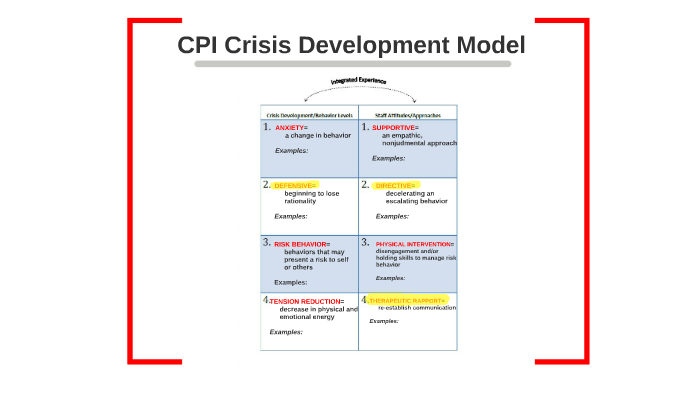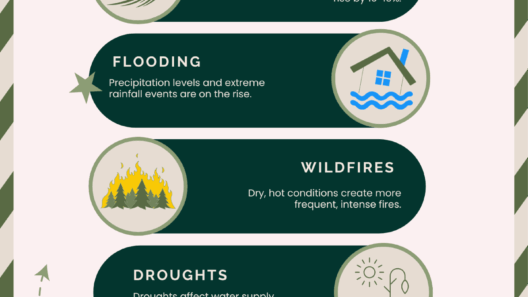The issue of land loss intertwines with rising temperatures, presenting a complex tapestry of challenges. The world faces an unprecedented crisis where the very land that nurtures our societies undergoes drastic transformations, weaving a narrative of destruction and despair. This crisis, fueled by anthropogenic influences, prompts the need for a profound understanding of the causative factors and their implications. As development bulldozes its way through ecosystems and warming alters climatic patterns, the intersection of these two phenomena depicts a catastrophic symphony in which nature’s harmony is disrupted.
To embark on this exploration, one must first grasp the concept of land loss as a multifaceted phenomenon driven by various factors. Urban sprawl, deforestation, and industrial encroachment all contribute to a relentless cycle of degradation. The expanding human footprint leaves behind scars on the earth; these scars not only signify loss but herald the downfall of biodiversity. This depletion breeds echoes of a once-vibrant ecosystem, now reticent in the face of development’s demands.
Metaphorically, land loss operates like a relentless tide, steadily eroding the shorelines of sustainability. Behind each inch receding into the ocean’s embrace lies a myriad of species displaced, habitats obliterated, and cultural narratives silenced. The cacophony of construction echoes in the distance, a siren song promising prosperity yet stifling the very essence of the land. As we advance into a future defined by the dichotomy of development and conservation, striking a balance becomes an endeavor marred in complexity.
Warming further exacerbates the land loss crisis. With temperatures rising, climate patterns morph drastically. Agricultural zones shift, droughts become prevalent, and copious amounts of rainfall lead to land erosion. This climatic upheaval enacts a toll far beyond physical landscapes; it disrupts socio-economic stability, creating a domino effect of hardships. Communities that rely heavily on agriculture find themselves grappling with unanticipated fluctuations, while urban dwellers face pervasive threats from flooding and other climate-related events.
Human pursuits often prioritize immediate gain over long-term sustainability, fostering a culture of ‘use and discard.’ This philosophy permeates development initiatives, where the allure of economic growth overrides ecological considerations. The exuberance for urban expansion propels cities toward a morass of structural inadequacies, engendering vulnerabilities that can lead to catastrophic failures in the face of natural adversities. The vitality of land becomes compromised when short-term benefits eclipse the intrinsic value of ecological integrity.
An example that underscores this dilemma lies within coastal regions, where rising sea levels precipitated by climate change threaten to drown communities. As water laps at the doors of households historically untouched by the encroaching tides, the paradox of development emerges prominently. Decisions to construct housing near shorelines exemplify the fragility of human foresight. This creates a precarious balance between the desire for proximity to resources and the impending inevitability of nature’s reclamation.
Furthermore, land loss gnaws at the roots of cultural heritage. Indigenous communities, often inextricably linked to their lands, find themselves in a precarious position. When development intrudes, cultural identity faces erasure at the hands of bulldozers and concrete. The unique relationship forged over generations dissipates, leading to a collective melancholia that reverberates through time. Each tree felled, each mountain carved, represents not merely a loss of land, but a severed connection between people and place.
Addressing the spiraling crisis necessitates an overhaul of perceptions around development and its environmental repercussions. A paradigm shift is essential—one that prioritizes sustainable practices over exploitative endeavors. Organizations and governments must embrace resilience-building strategies, fostering the ability of communities to adapt to changing landscapes while retaining their cultural significance. Integrated land-use planning emerges as a pivotal strategy, aligning development initiatives with conservation efforts, thereby cultivating a symbiotic relationship with nature.
Moreover, investing in green infrastructure presents a transformative opportunity. Urban areas can be designed with nature in mind, allowing for the coexistence of development and ecology. Green roofs, permeable pavements, and tree canopies serve dual functionalities—they absorb excess rainwater while providing habitat for local fauna. Such innovations advocate for a crucial recognition: nature’s resilience mirrors human ingenuity when allowed to flourish without constant debilitating interference.
In conclusion, the intertwined crises of land loss and warming beckon an urgent call for introspection and action. Viewing land solely through the lens of profit fuels a precarious future—one where the very foundations of life risk collapse under the weight of neglect. Shifting this paradigm requires a concerted effort to harmonize development with ecological preservation, ensuring that future generations inherit not just a landscape, but a thriving ecosystem imbued with cultural significance and ecological richness. The future hinges on choices made today, each moment representing either a chance to restore or a step toward irrevocable loss.








